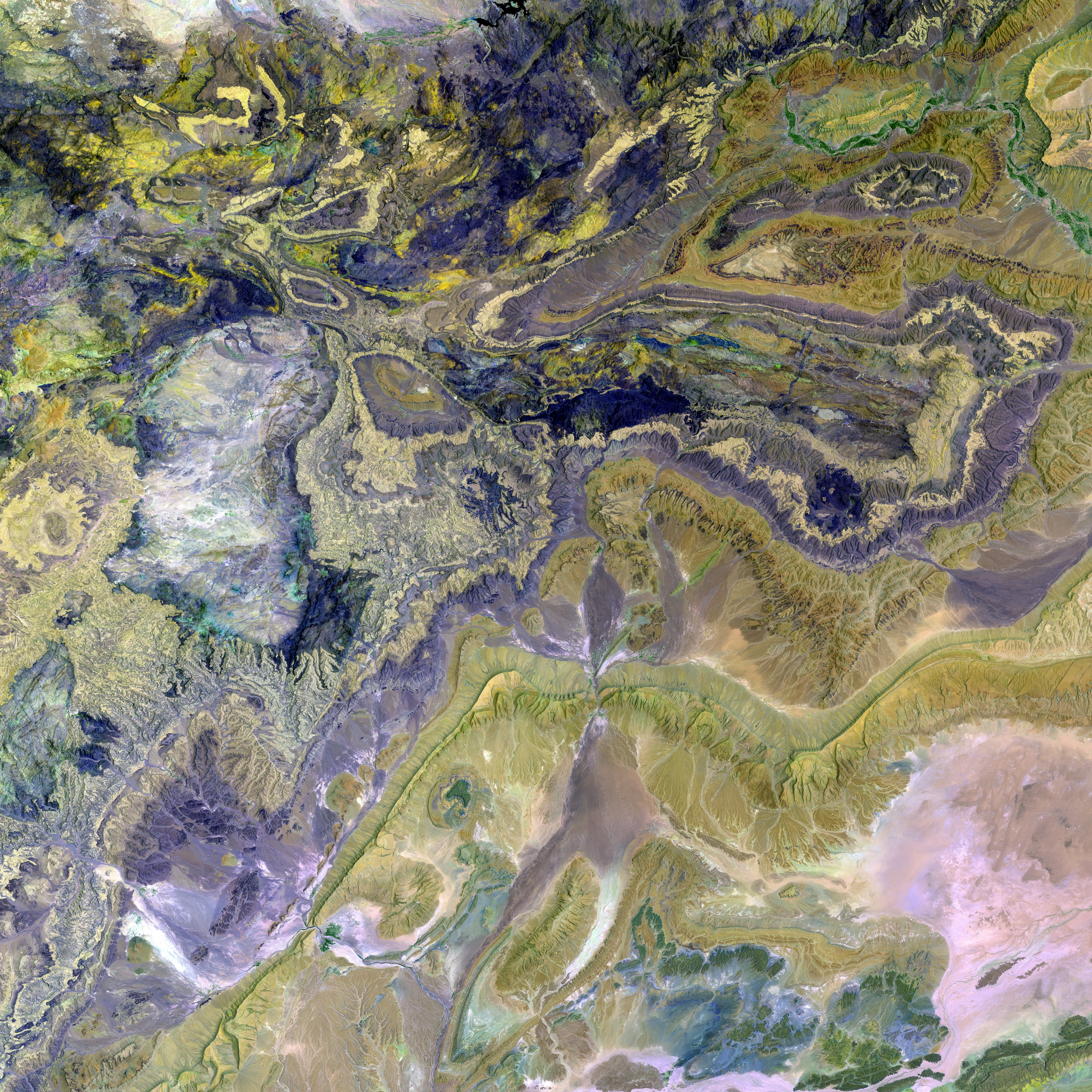Severe Rosacea Outbreak: Triggers, Signs, and Remedies
Layman's Guide to Rosacea Fulminans
Rosacea Fulminans, aka pyoderma faciale, is a rare, aggressive form of inflammatory skin condition that springs up suddenly and commonly impacts the central part of the face - chin, cheeks, and nose. Unlike regular rosacea or acne, this condition is more severe and tends to show up rapidly.
This affliction primarily targets women of childbearing age, though the exact cause remains a mystery. A 2020 review points to potential links with conditions such as inflammatory bowel disease and pregnancy as well as a higher likelihood in those with a past history of rosacea.
Stress, hormonal changes, and certain medications are speculated triggers for this condition. A 2021 literature review suggests that specific dietary factors might exacerbate rosacea symptoms, but it is essential to note that these findings are not specific to rosacea fulminans.
Potential dietary triggers include spicy foods, alcohol, foods containing cinnamaldehyde (such as chocolate, tomatoes, and citrus fruits), histamine-rich foods and beverages (including wine, aged cheese, and processed meats), and hot drinks. However, dietary triggers can differ significantly between individuals.
Symptoms may include sudden redness, painful pustules, swelling, and inflammation, flushing, and stinging or burning sensations. Some individuals might experience ocular symptoms like dry, burning, or itching eyes and light sensitivity. In rare cases, systemic symptoms like fever and fatigue may arise.
Treatment usually involves oral isotretinoin, a prescription acne medication, and corticosteroids, both oral and topical. A combination of antibiotics, corticosteroids, and lifestyle changes (e.g., reducing stress, modifying diet, gentle skin care) may also be recommended in some instances.
If you notice symptoms beyond typical rosacea or acne, sudden onset, persisting or worsening symptoms despite OTC treatments or rosacea therapies, eye irritation or inflammation, or systemic symptoms such as fever, it's advisable to get in touch with a dermatologist or another healthcare professional for guidance. Prompt medical attention can help manage symptoms, prevent complications, and ease emotional distress.
[1] In a 2021 literature review, it was noted that hot drinks might contribute to rosacea symptom flares. However, this association is not limited to rosacea fulminans and may apply to rosacea as a whole.
- This guide focuses on Rosacea Fulminans, a severe, rapid-onset skin condition in the field of dermatology that commonly affects the central part of the face.
- A review in 2020 suggests possible links between Rosacea Fulminans and conditions like inflammatory bowel disease, pregnancy, and a history of rosacea.
- Dietary factors, such as spicy foods, alcohol, and certain food types containing cinnamaldehyde, may exacerbate rosacea symptoms in some individuals, although this association is not unique to Rosacea Fulminans.
- If you experience symptoms beyond typical rosacea or acne, unusual onset, persistent or worsening symptoms, eye irritation or inflammation, or systemic symptoms like fever, it's important to consult with a health-and-wellness professional, such as a dermatologist, for medical advice and appropriate treatment options.






